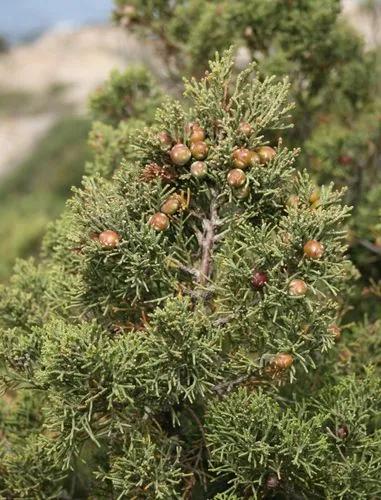t is a tree growing to a height of 18–30 m tall with a trunk 50 cm to 1 m in diameter. The leaves are bipinnate, 7.5–15 cm long, with one to four pairs of pinnae, each pinna with 6–18 leaflets. The flowers are white, with numerous 2.5–3.8 cm long stamens, and very fragrant. The fruit is a pod 15–30 cm long and 2.5-5.0 cm broad, containing six to twelve seeds. n the West Indies and certain parts of South America this tree is known as a 'Shak Shak Tree' because of the sound the seeds make in the pod. In Tamil Nadu , the tree is known as 'vaagai' as the ancient kings of the Sangam Age had worn the garland made by this flower whenever they win battles . Similarly , 'vaagai' means 'victory' in Tamil.
Lebbek Tree Care
Albizia Lebbeck



Its uses include environmental management, forage, medicine and wood. It is cultivated as a shade tree in North and South America.In India and Pakistan, the tree is used to produce timber. Wood from Albizia lebbeck has a density of 0.55-0.66 g/cm3 or higher. Even where it is not native, some indigenous herbivores are liable to utilize lebbeck as a food resource. For example, the greater rhea (Rhea americana) has been observed feeding on it in the cerrado of Brazil.ebbeck is an astringent, also used by some cultures to treat boils, cough, to treat the eye, flu, gingivitis, lung problems, pectoral problems, is used as a tonic, and is used to treat abdominal tumors.The bark is used medicinally to treat inflammation.This information was obtained via ethnobotanical records, which are a reference to how a plant is used by indigenous peoples, not verifiable, scientific or medical evaluation of the effectiveness of these claims. Albizia lebbeck is also psychoactive
How to Care for the Plant

Popularity

339 people already have this plant 81 people have added this plant to their wishlists
Discover more plants with the list below
Popular articles






